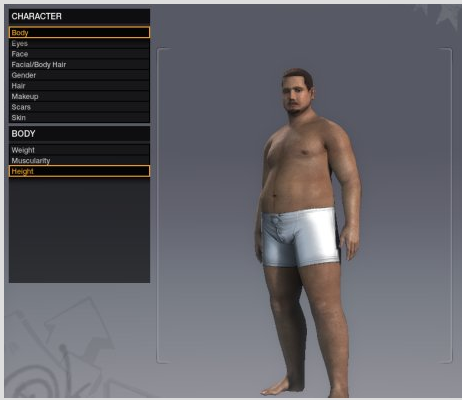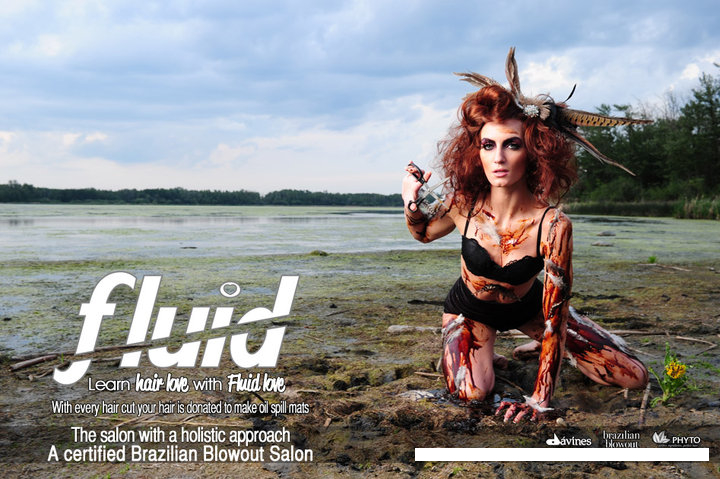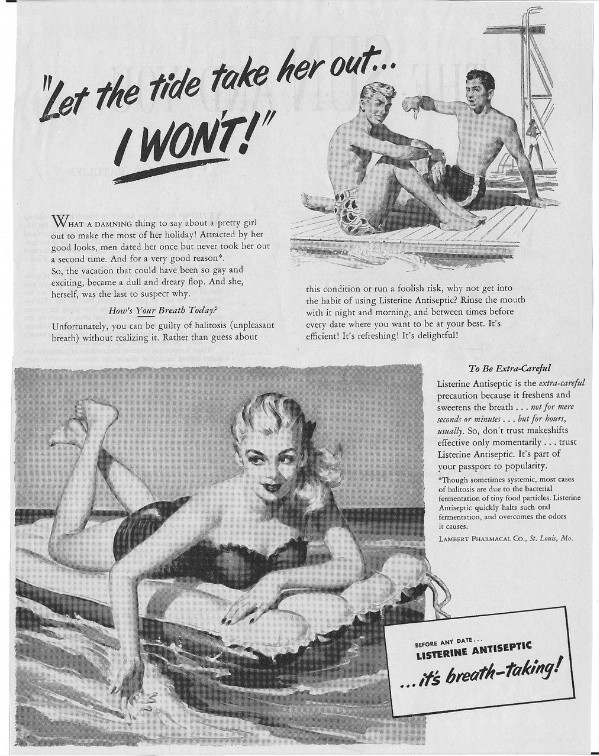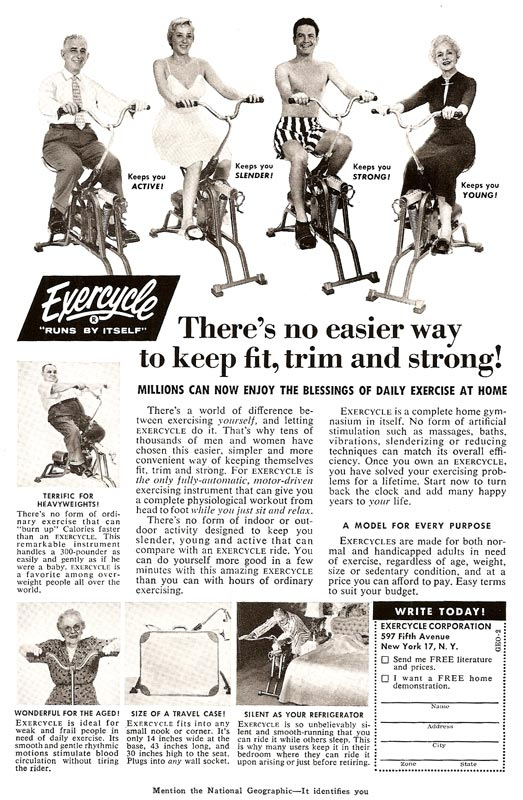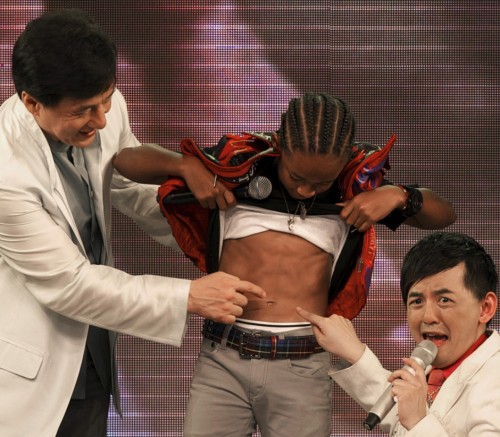Andrew M. sent us a link to an interesting post by Lewis Denby at Beef Jack about the video game APB. The game lets you customize the characters in a variety of ways, including height and weight. Denby noticed something interesting about the customization, however. Here’s a male figure with the weight at the maximum level:
As Denby points out, it’s pretty unusual to have main characters that give the option of not being super muscular and slim, so this is pretty surprising. Perhaps less surprising is what he found when he maxed out the weight scale for a female character:
While she’s certainly larger than most women in video games, the maximum body proportion for her seems quite a bit thinner than the maximum allowed for the male character, and she still has an hourglass shape. So you’re given the option to customize the characters’ bodies, but it appears you get less choice for the female figures than the male ones. The question is why; did the designers think this is as large as anyone was likely to ever want a female character to be? Were they, for whatever reason, more concerned about female than male characters being too much outside the video game norm, to the point of limiting customization options? Some other reason for this disparity? If it were due just to technical design issues, I don’t see why it would be possible to give more weight range for the male character than the female one.
Beef Jack contacted the company for comment but, it being the weekend, they’re still waiting to hear back.

